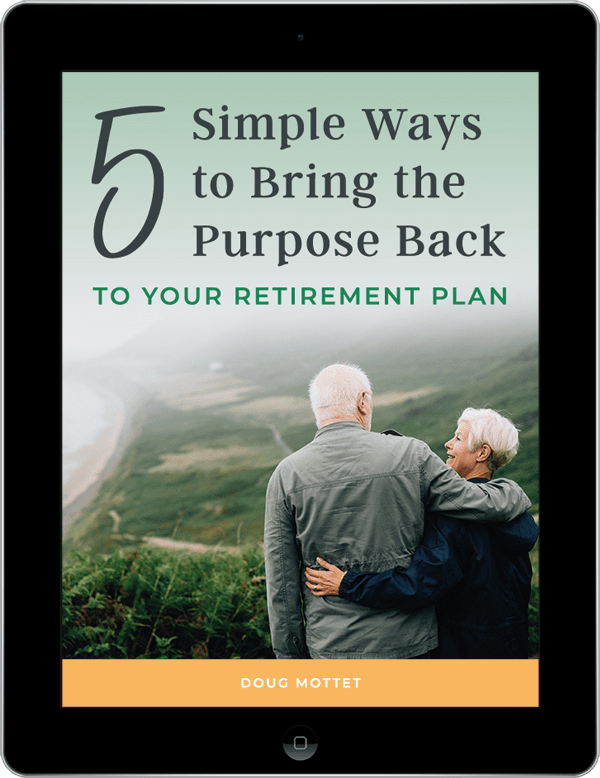I suppose I was lucky. No – I know I was lucky. I grew up at exactly the right time to get excited about investing; I was earning money, but actually had little opportunity to spend it. Growing up on a farm in Iowa wasn’t exactly the model of lavish spending and extravagance. I was brought up as a young man with a strong work ethic, and it soon started paying dividends. Literally.
So for me personally, it was a natural progression into finance and investing. There were plenty of cases of people getting rich – really rich – by harnessing the power of the stock market, the S&P Index and compound interest. And that felt terrifically exciting.
But I learned quickly that despite the thrill of the buying and selling, the stock-watching, the buzz of seeing a predicted rise in the value of an investment, the real power of investing lies with the opposite of all that. I’m sorry to tell you this, but investing, my friends, should be boring.
The life you can live from the fruits of your investment is where the excitement comes in – just as much or as little of it as you like. Your investments should be the solid foundations from which you can bring all your dreams to life, to be as wild and adventurous, or as stable and home-focused as suits you best.
And the key to this? Long-term diverse investments, not bailing when the market shows some weakness. And not timing the market.
Timing the Market: A Very Risky Business
As a registered investment advisor, when I first meet new clients, some of them inevitably come to me with that sparkle of excited, unbridled optimism in their eyes. They have some initial capital to invest and they’re excited to use it to grow their wealth. They want to find that next big thing in the investment world and see stratospheric gains in a very short period of time.
But you know what? That kind of investment is stressful, and is actually proven to have a lower rate of return. Timing the market, i.e. making frequent investment and trade decisions based on predictions, is risky, difficult, time consuming, and certainly doesn’t come with guaranteed results.
This kind of investing strategy often leads investors to pull their money out of a market when it is in decline, curtailing any further losses. This may feel intuitively like the right thing to do; after all, you’re losing money! That never feels good. But to do so is to lose sight of the bigger picture, and that is that historically, the markets have always seen an uptick after a downturn. And usually, it’s a powerful one.
A Wild Ride: The S&P Index in 2020
Let’s take 2020 as a perfect example. When Covid-19 swept across the globe, the markets DIVED. In February 2020, the S&P Index had hit an all-time high so investors were no doubt feeling pretty pleased with themselves. But by the end of March, the S&P Index fell by 34%.
Now that’s huge. We don’t often see tumbles like that, and it would be hard for anyone to bear. Just to put it into perspective, if you’d got a nice investment pot of $100,000, you’re now looking at a balance of just $66,000. Any hardened investor would be feeling nervous. And probably very sick.
Rather than watch the value of your investments dive any further, you may be tempted to sell, and keep your money safe in cash, right? But if you did, you would have missed out on what happened next. Over the subsequent 50 days, the S&P Index rallied by a massive 36.9%, the biggest ever increase in that time period. So your untouched $100,000 would have survived, and grown, whereas those who jumped ship and left the market have lost out, big time.
Not only have they lost $34,000, but the shares they sold have now gone way back up in value. Their remaining cash is only going to buy back a fraction of what they sold. They’ve massively decreased their earning potential from one hasty, emotional decision. Counterintuitively, what they should have done was pile all their cash right into the market when it was down, to maximize their benefit from the subsequent bull market.
Meet Amy, the World’s Unluckiest Investor
I came across a great article that really illuminates this whole issue. It shows the strength of a buy and hold investment strategy over timing the market. It imagines the investment journey of Amy, the world’s unluckiest investor ever.
Over the past 50 years, Amy consistently saves cash up, periodically decides to invest and bam! Each time she piles her cash in, she immediately runs into a huge market crash. In 1973, she invested just before a crash of a massive 48%. In 1980, she invested just before a crash of 28%.
She’s the world’s unluckiest investor. She’s bought at market-tops, and then plunged into the depths of the lowest lows. But guess what the end result was? Over 50 years, she has seen returns of 747%. She’s steadily invested a total of $603,000 (that’s $1000 a month, for 50 years), and her investments are now worth over $5,000,000. Happy retirement, Amy!
So let that sink in. Using a buy and hold strategy, investing for the long term and not selling up when the market hits a dip, the world’s unluckiest investor has turned $603,000 into $5,000,000. Read the maths for yourself. It’s a great article, full of optimism and marvel for a stock market that has returned nearly 4000% since its inception.
Focus on Your Goals – Not the Market Drama
If I’m honest with you, if you meet an investment advisor who promises you the next big thing, who promises you the thrill of the trade, run a country mile. You need to find an investment advisor who looks for the excitement in your own life, the things that make you tick, not the market. Discovering your priorities, your goals and your dreams – that’s the real way to devise the right investment strategy.
When I talk about long-term investments, it doesn’t have to be investing now for retirement goals. It can be those short-term plans too, the five-year plans, the ten-year plans as well as the ideal retirement down the road. It’s about investing wisely now, and thinking like a venture capitalist instead of a stock market trader.
Formulating investment strategies for my clients is my bread and butter – it’s what I know, and what I love. As a fee-only investment advisor, you can be 100% confident that my advice places you at the center. If you’ve had enough of timing the market (or trying to, at least) and want to see how an alternative strategy could better meet your aims and needs, let’s chat.








